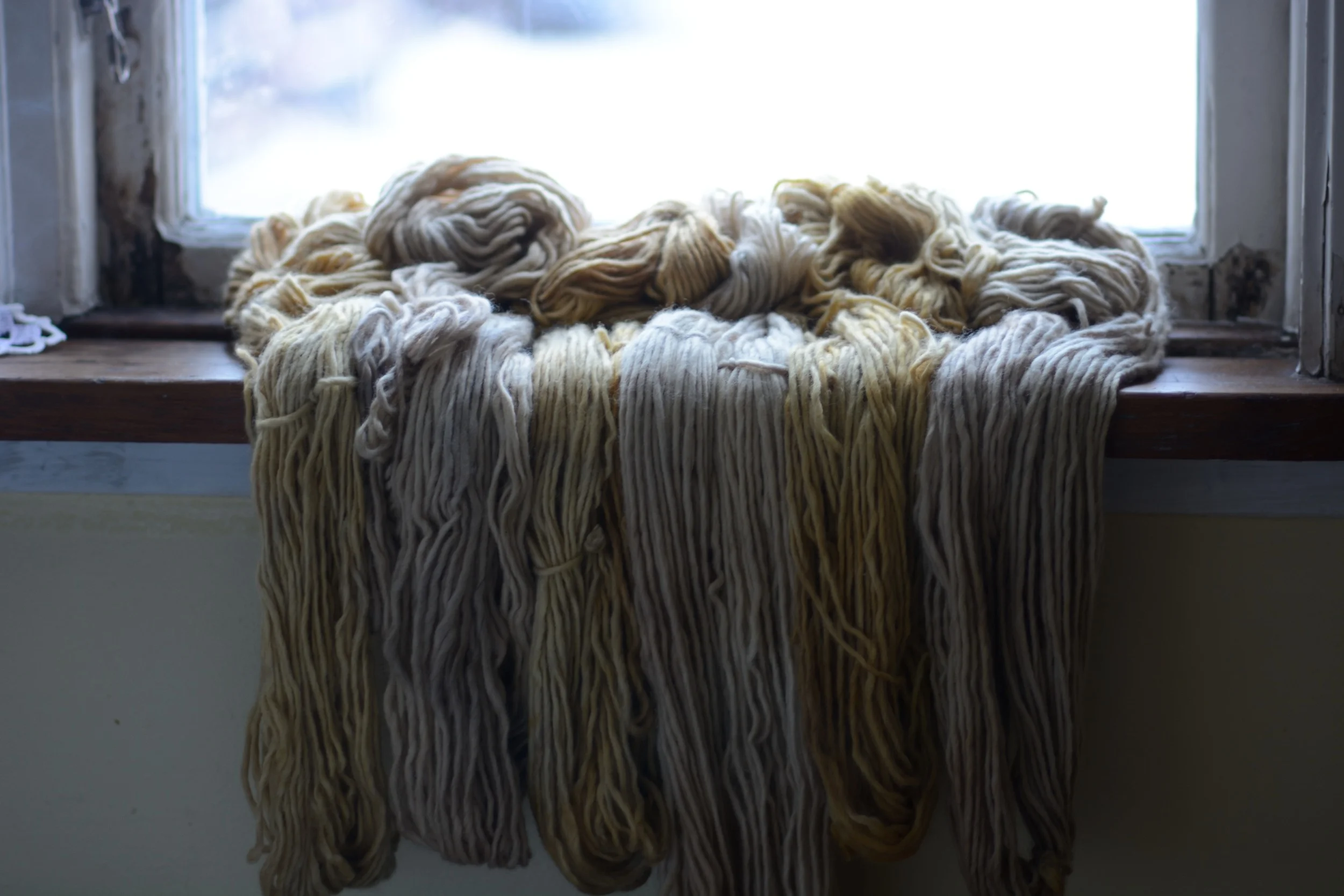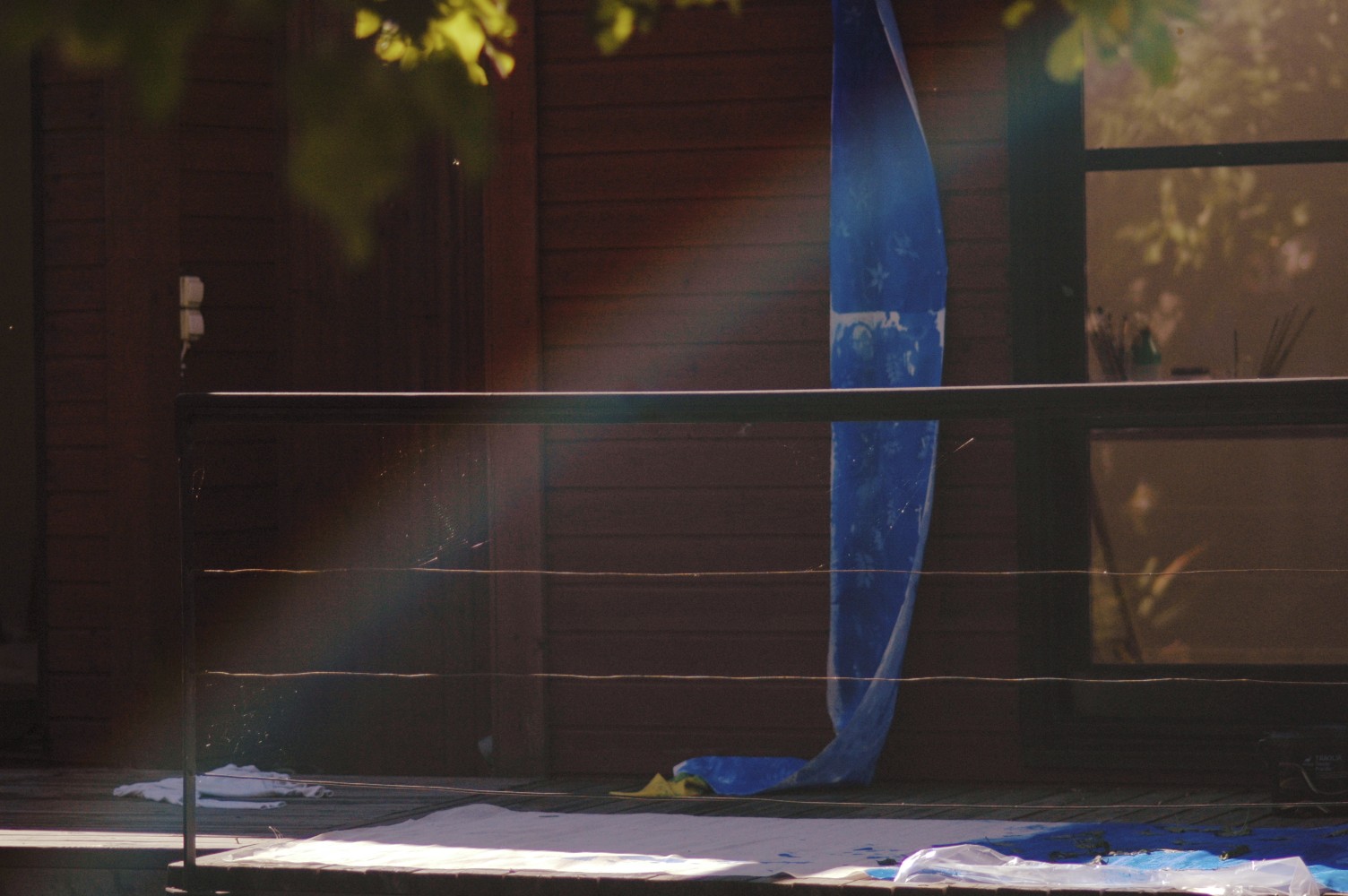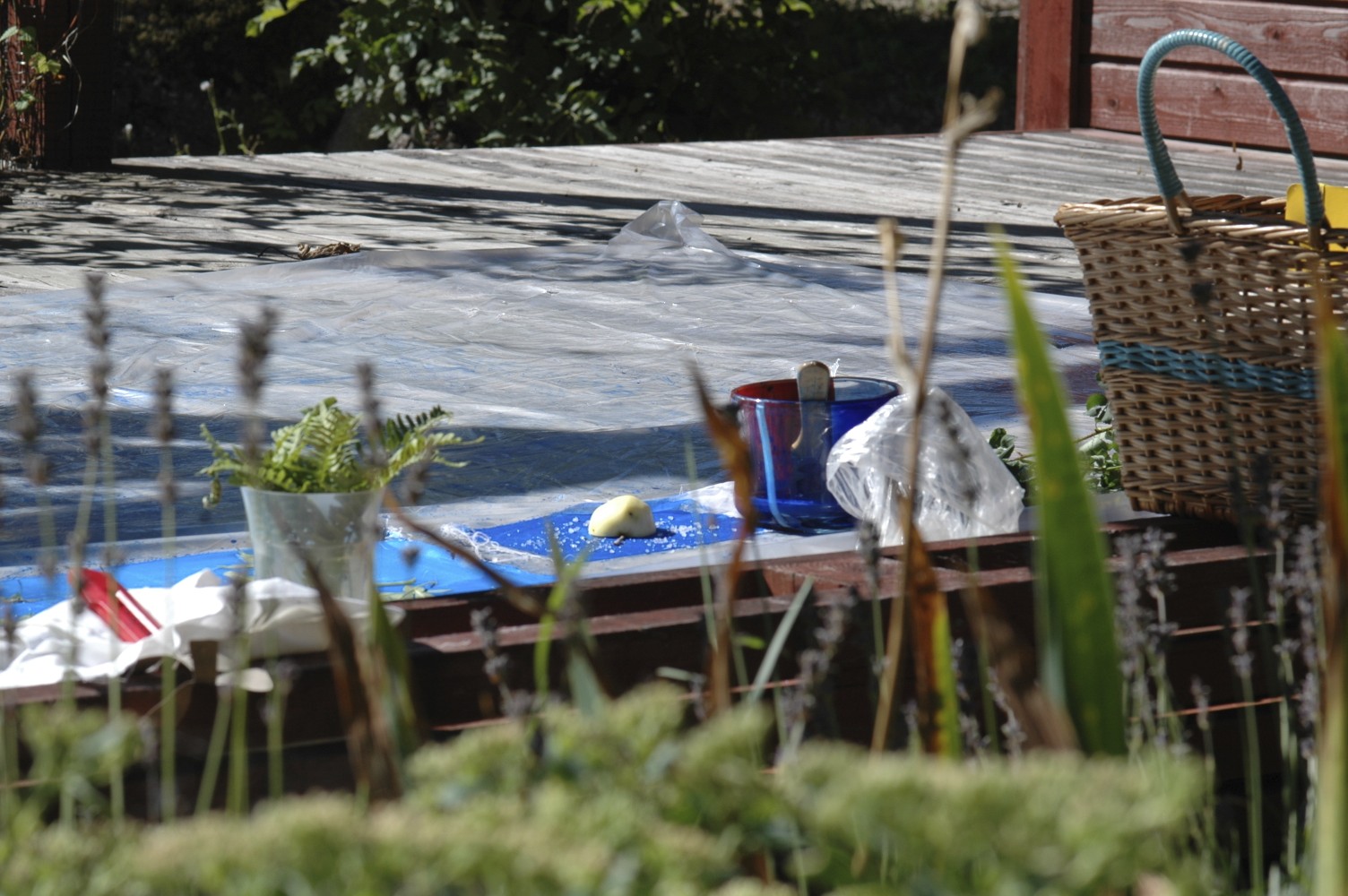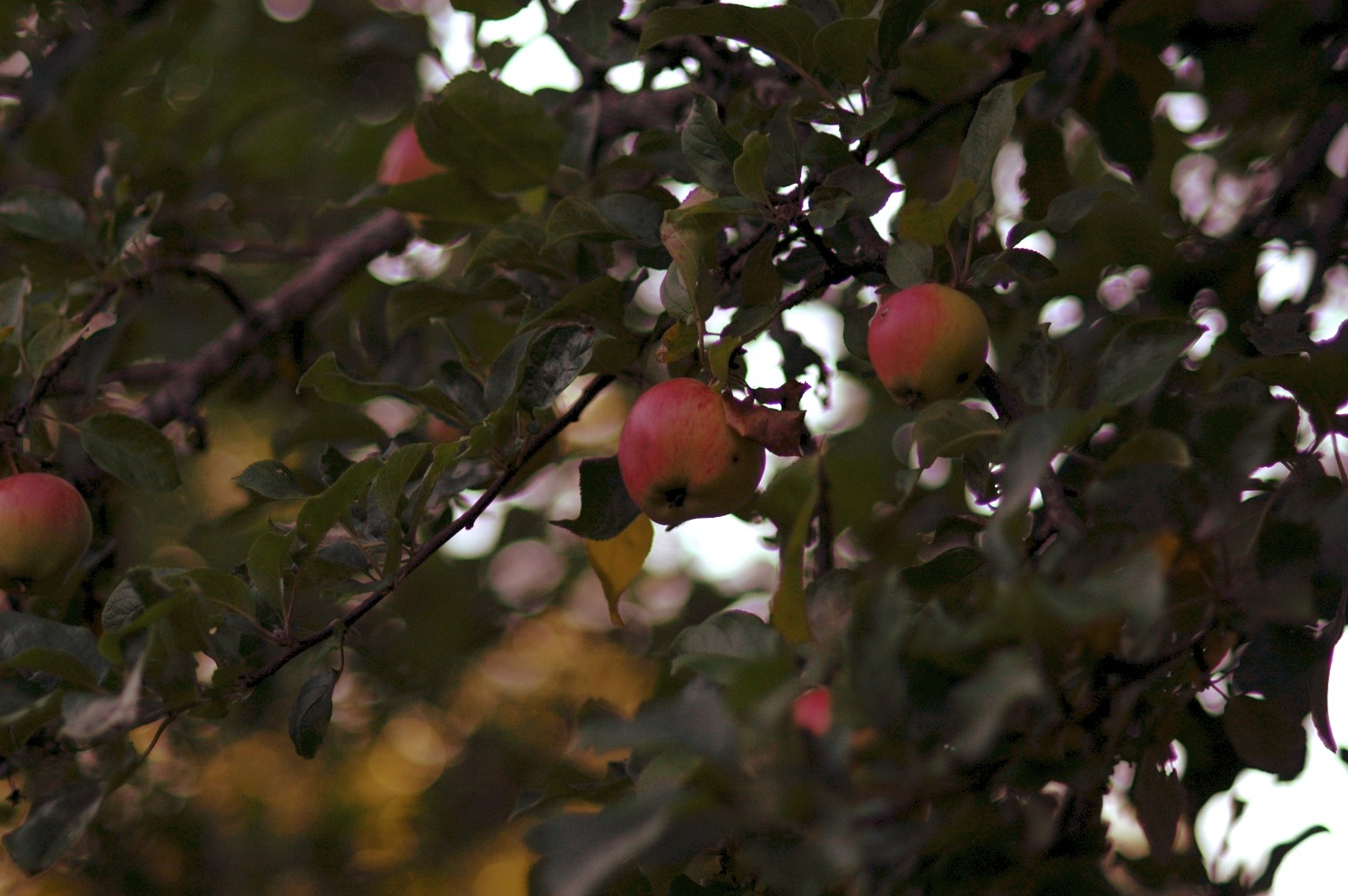Art Journal /
“But when does something's destiny finally come to fruition? Is the plant complete when it flowers?
Sun Prints
I took advantage of Thursday’s sun-shine-moments to do some sunny eco prints.. <3
I mean that it is Sun printing it is friendly it is beautiful and quiet. The Sunlight is fixing the paint into the textile, it really is washable and really is long-lasting. Years ago I felt totally in love with this process, since then I was trying to research it a little bit more and now I can actually do it. well you really need to have a heat and you need to have the sunlight so in Sweden it is like few-weeks-a-year process, it makes it even more exciting. The waiting for the right time and for the right temperature and then to really quickly organise the work on the surface, I think this is that one part I really like the most. You think but you cannot overthink, it just to pick the flowers you have around you and you only have this few minutes because otherwise your paint is fixed by light even if you do it inside of the house. So it's a quick, no thinking, intuitive process and the effects are amazing. in shop
Mandala of New Beginnings,
Sunkissed

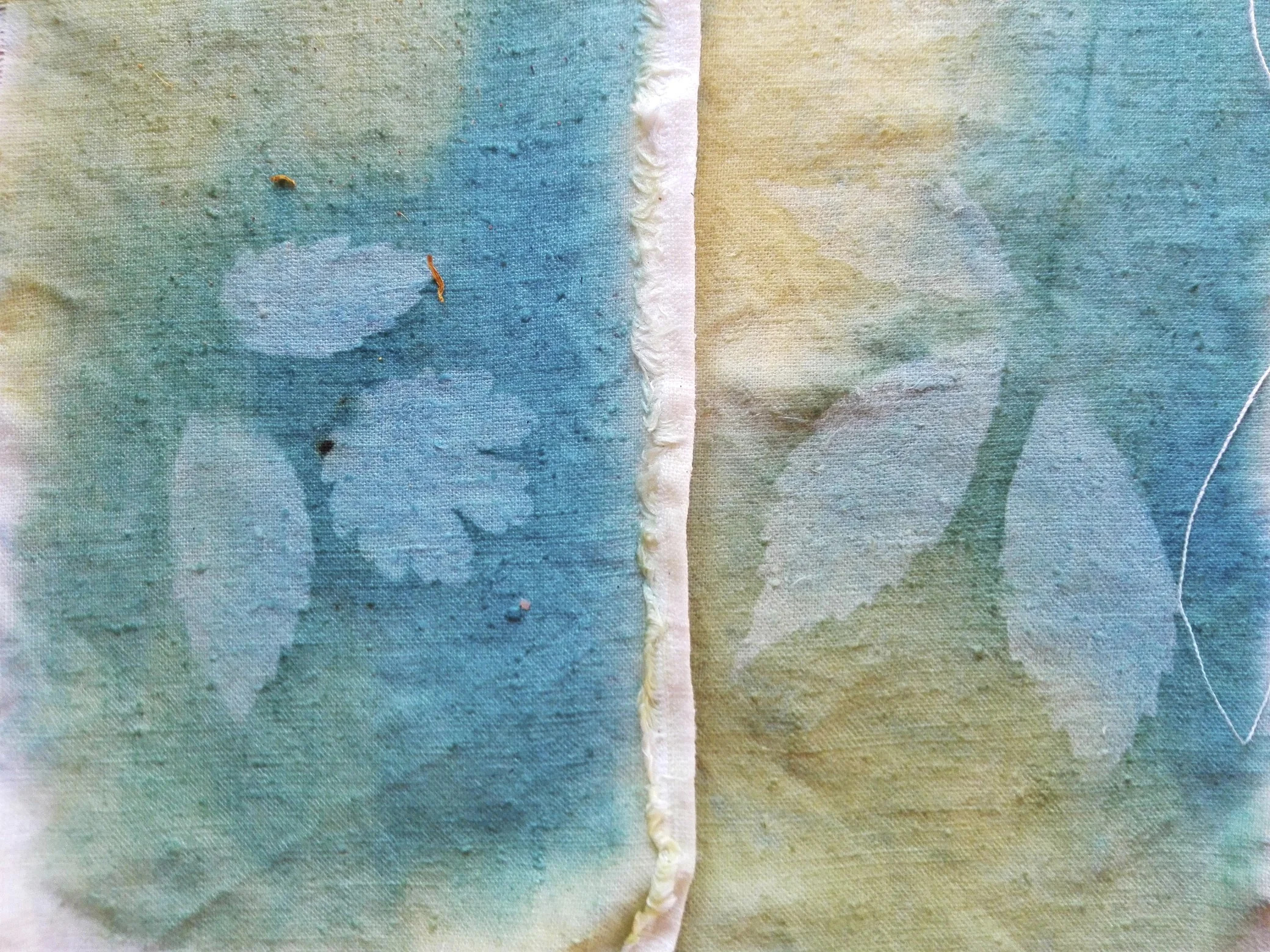
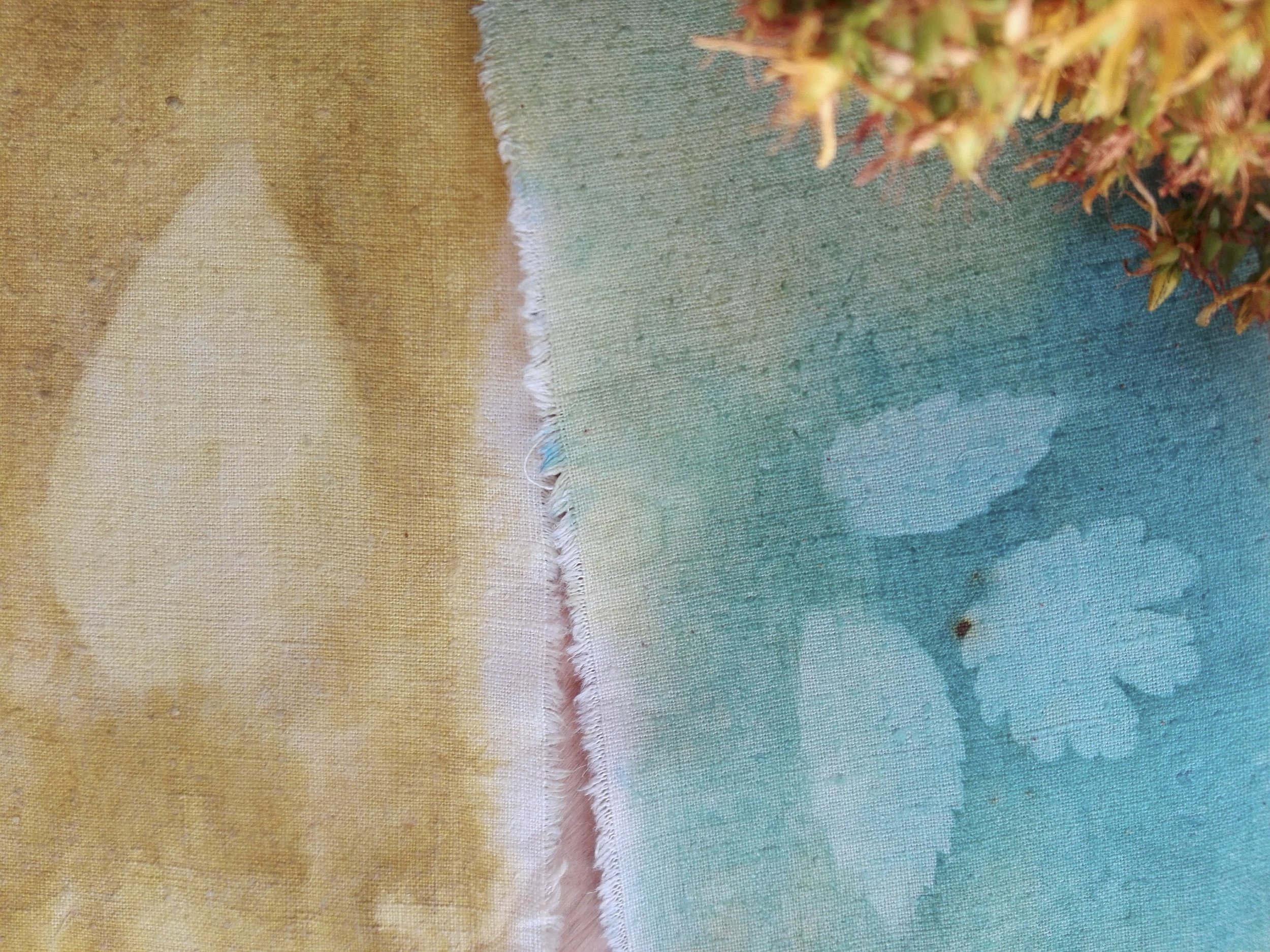


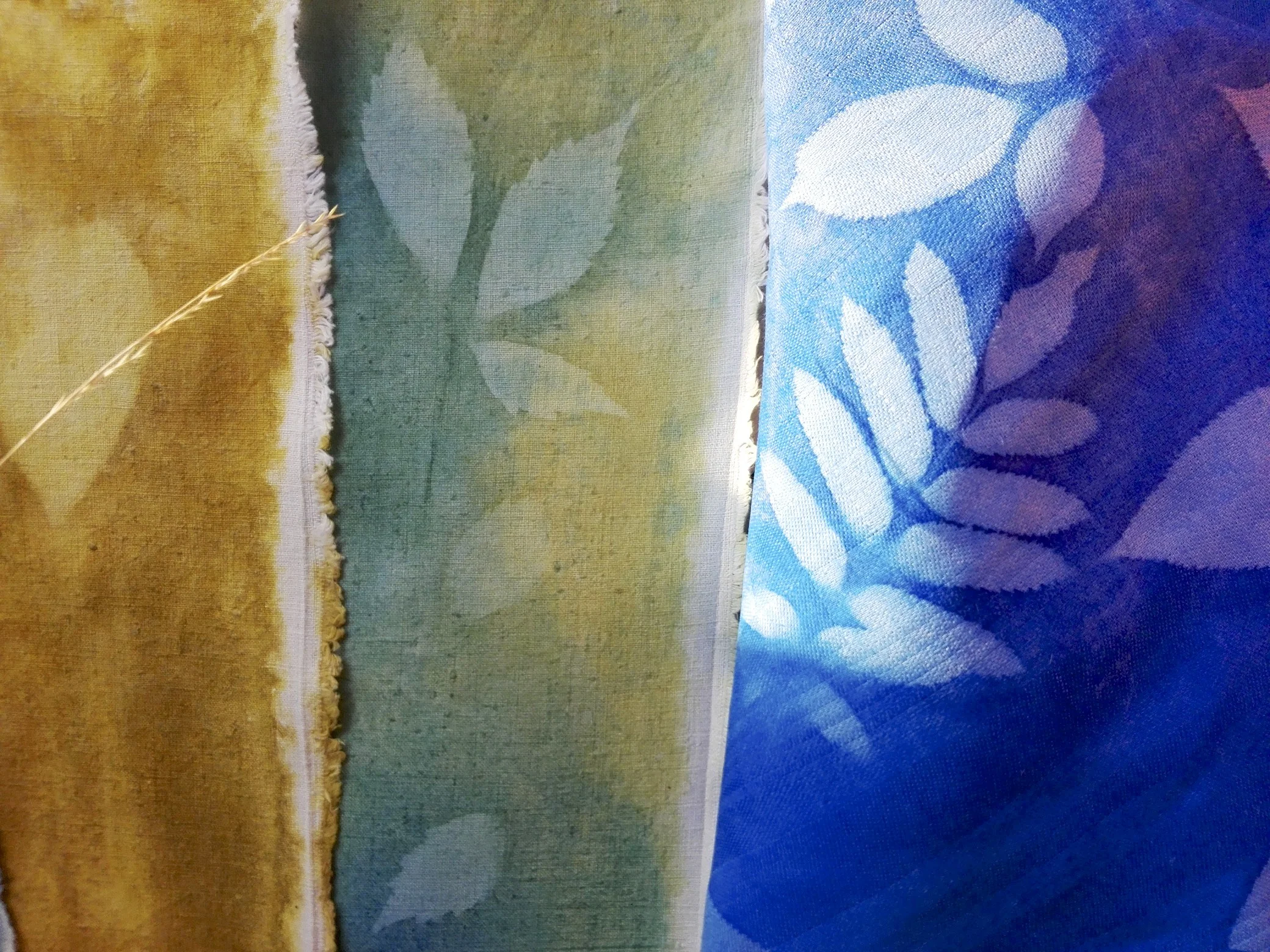
ÅH this Blue!!
Temporary Galleri Halvarby
During the summer I decided to work with plant dyeing and printing using only what I just found in my new garden: flowers, berries, weeds and rust became pigments in the plant and rust heaven.





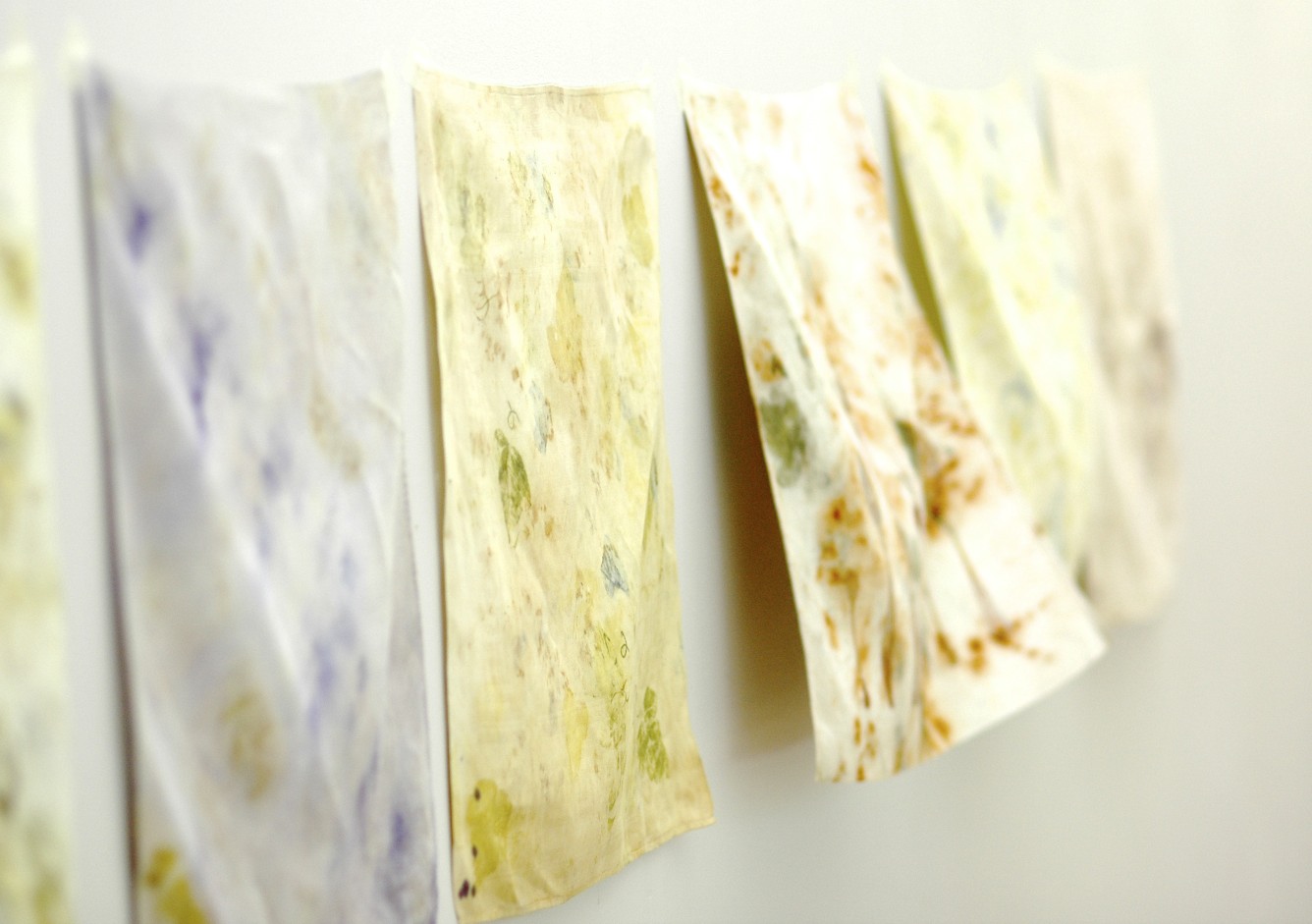
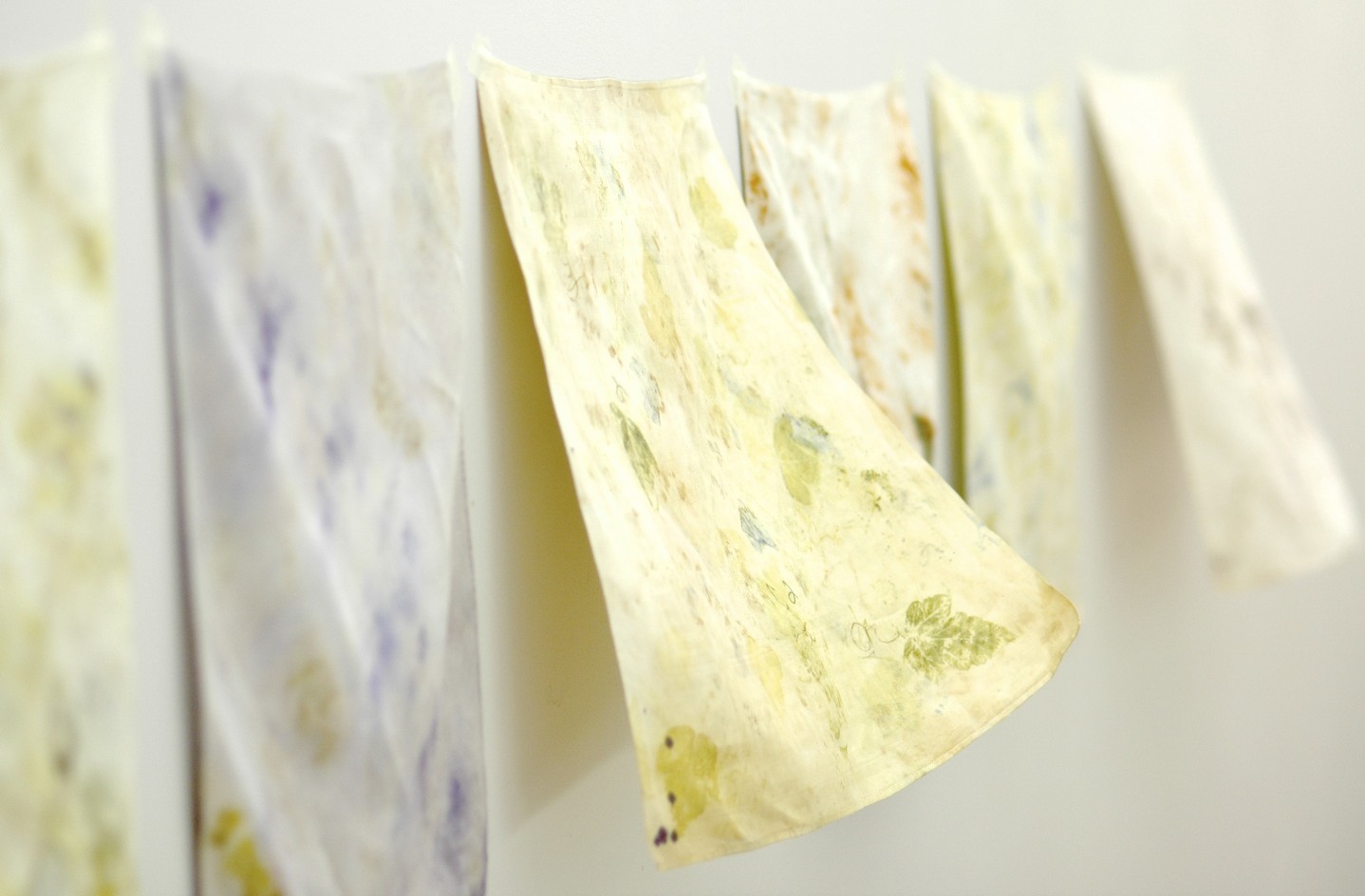
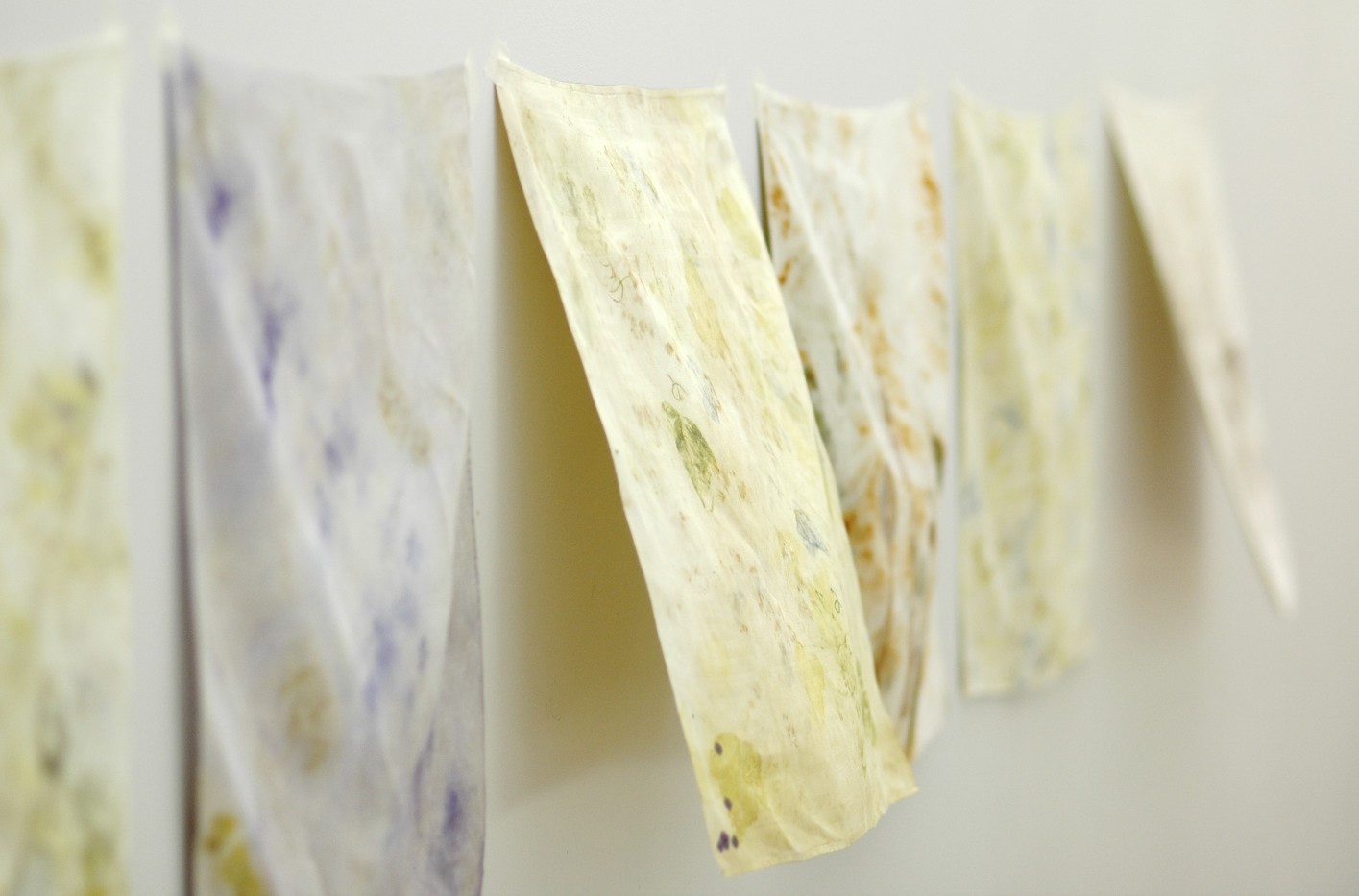













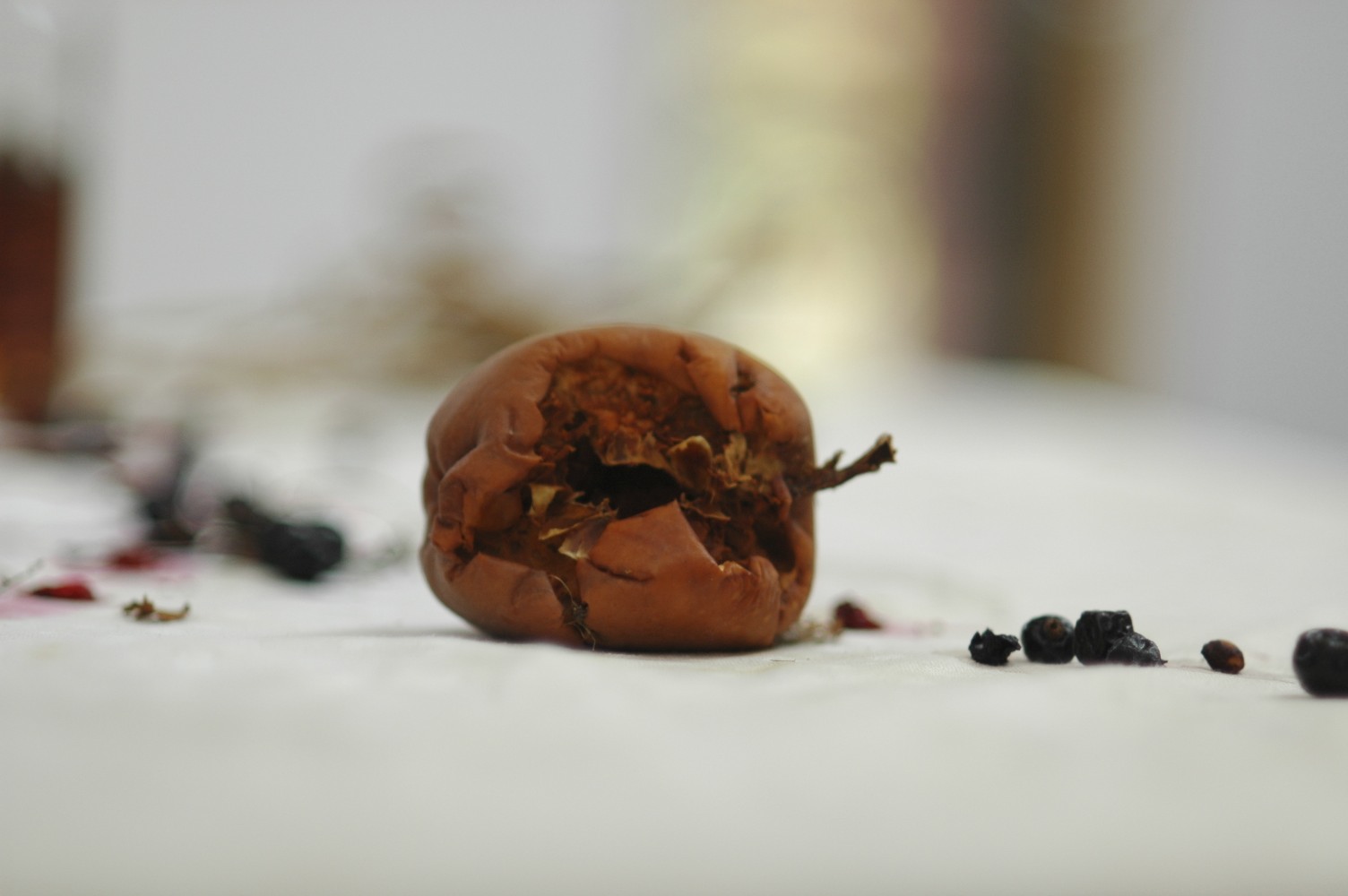






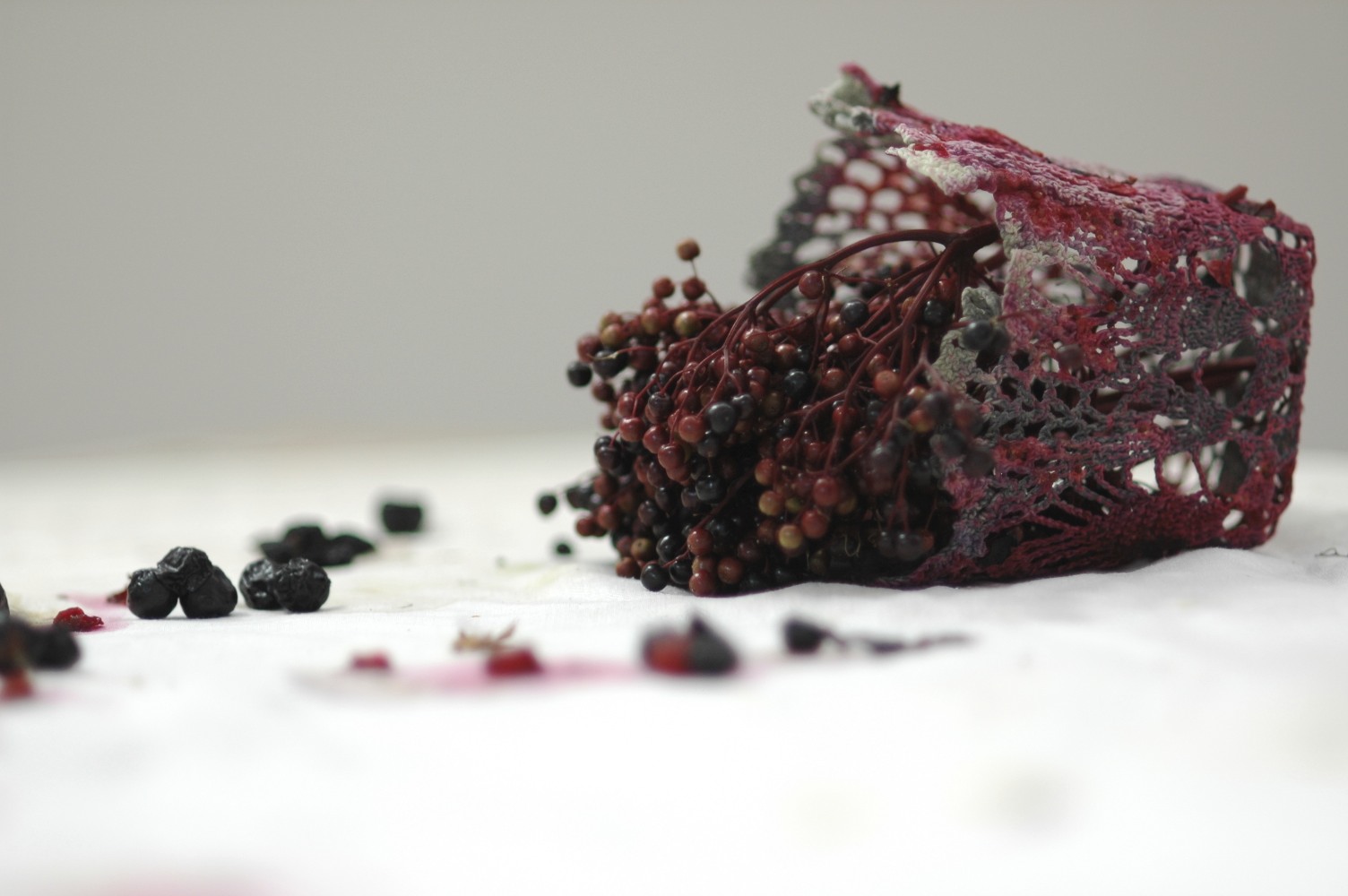
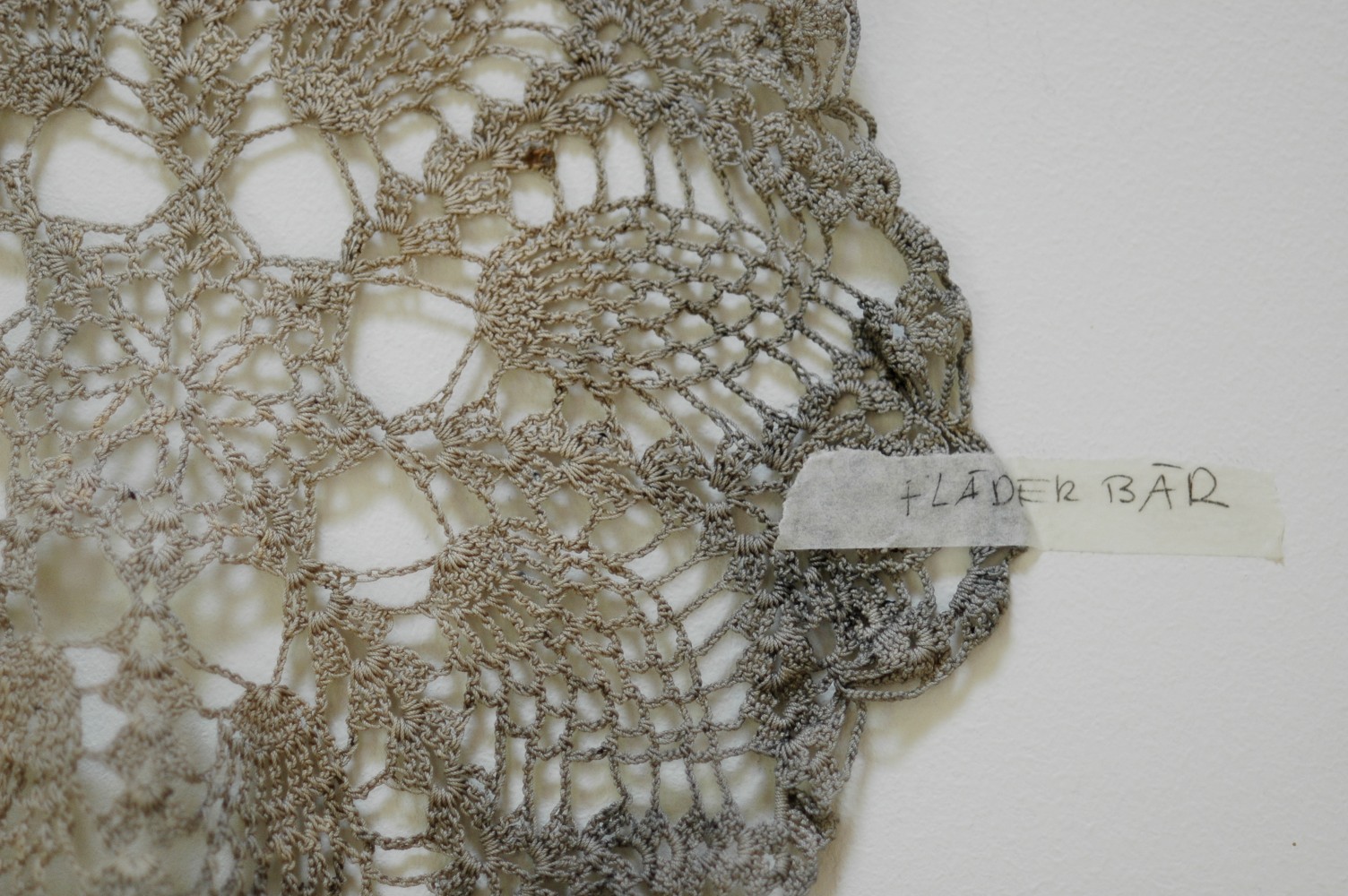
Process
Process , i like process more then the final result. Process is in flux, the end product is like someone else's property.
@joanna.m.bodzek
Colours
natural dyes, only eatable ingredients.
©joanna.m.bodzek
Shades of gray with vanilla
about Wabi Sabi by l. koren
Vintage sheets naturally dyed with flowers and berries from the garden, the shades are magical.. the top pillow cover is more than 100 years old, made of linen.. a treasure.
©joanna.m.bodzek Dyed with natural dyes, still smelling strangely beautiful.. good night
Eco printing
lots of water..water, the house is smelling with a strange perfume of boiled flowers but i like the results.. from august experiment.
Lunch
Flower dyes, screen printing on vintage damask. Leek with fried eggs on oil.
Gray day dye
so love this picture, making of grey dye solution..
Natural dyes
plants and flowers dyes preparation.
Sun sensitive
Relatively easy process of letting the sun make the job and use lives to organize beautiful patterns
Tea and dryed flowers for winter
colour… it is winter, tea and dried flowers, winter tones
About natural dyes
Natural dyes are dyes or colorants derived from plants, invertebrates, or minerals. The majority of natural dyes are vegetable dyes from plant sources –roots, berries, bark, leaves, and wood—and other organic sources such as fungi and lichens.
Archaeologists have found evidence of textile dyeing dating back to the Neolithic period. In China, dyeing with plants, barks and insects has been traced back more than 5,000 years.[1] The essential process of dyeing changed little over time. Typically, the dye material is put in a pot of water and then the textiles to be dyed are added to the pot, which is heated and stirred until the color is transferred. Textile fibremay be dyed before spinning ("dyed in the wool"), but most textiles are "yarn-dyed" or "piece-dyed" after weaving. Many natural dyes require the use of chemicals called mordants to bind the dye to the textile fibres; tannin from oak galls, salt, natural alum, vinegar, andammonia from stale urine were used by early dyers. Many mordants, and some dyes themselves, produce strong odors, and large-scale dyeworks were often isolated in their own districts.
Wikipedia


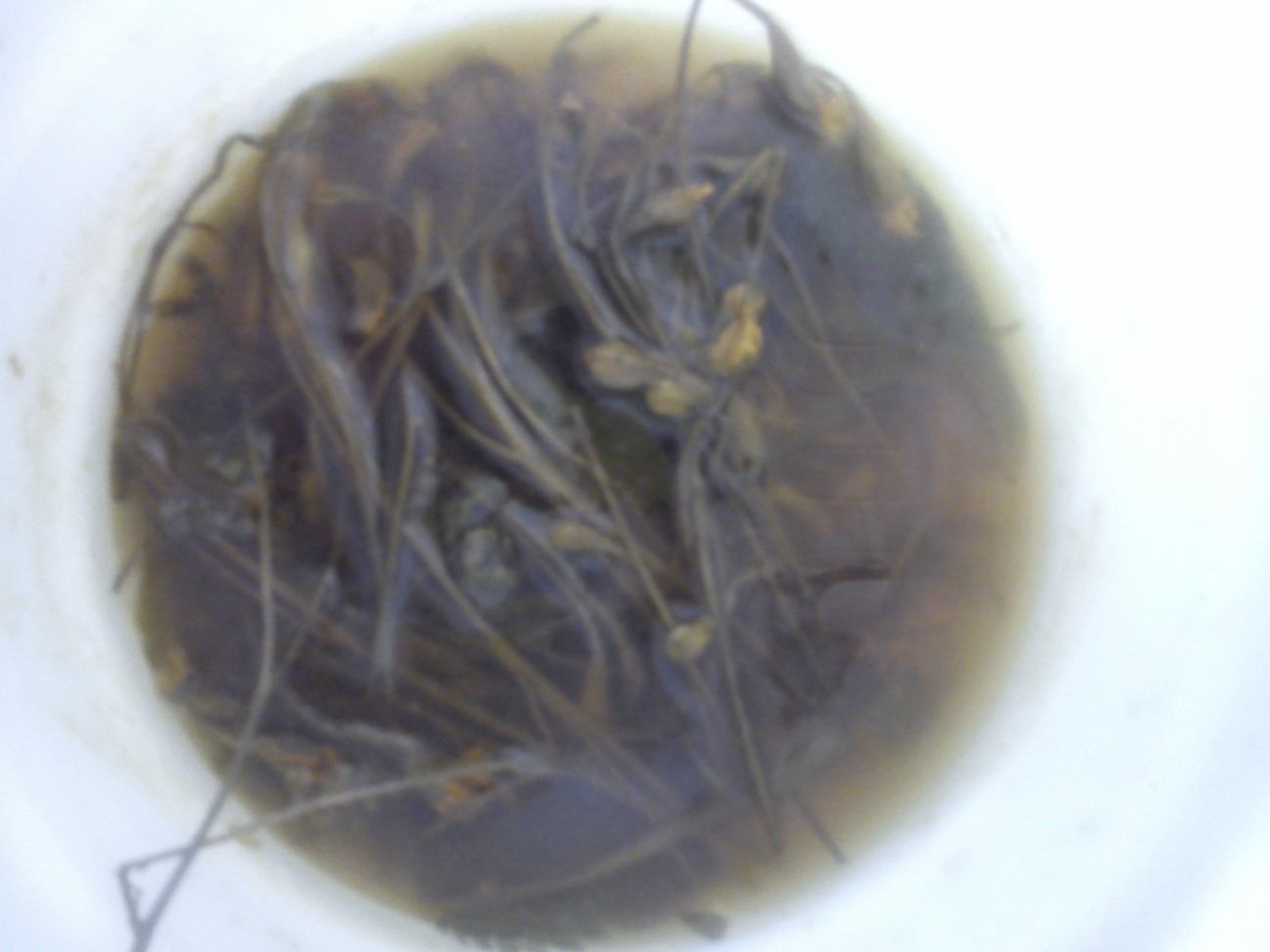





Dyeing
There is here is something ..about this image of my dyeing pots in a moment of stillness. Irina was here visiting me in the country side as a first guest and she made this photo that somehow captures so well the nature of this place.
photo by irina anufrieva
Super Natural at Chestnut Mansion
I came to Östergötland in 2008 for the first time to get away from the city and the stress. So the dream was born to stay and work and be in an environment that promotes the natural and use of nature and plants..
Few months ago I saw pictures of Galleri Halvarby and the Chestnut Mansion and I fell in love! I moved here for the summer and autumn.. There was something mysterious about it when i've packed it up my boxes of old collected cloths, crocheted napkins and antique linen. here in Halvarby next to the old 18th century houses standing on the plot, they really feel at home.
From the start I choose to work only with what I found in the garden.. flowers, berries, weeds and rust they became pigments in the natural dye coloring for spotted napkins old shirts armors crocheted napkins and antique damask tablecloths became new mystical forms, forest inhabitants and wall dwellings..
Princess on the pee
Rust, blue berries, tea, avocado, elderberries dyes
100 % recycling and vegetable dyes
textile formation, next one
particularly liking the amber-like colour and effect the natural dyes had on silk, dyed with dried St. John's wort that has left marks on the surface, my old- feeling -lovig isoul s content.
Out of the Blue
great effect easy to use, this dye is such a happy discovery. it is really a paint and is fixed by the sunlight. .. reused shirts.
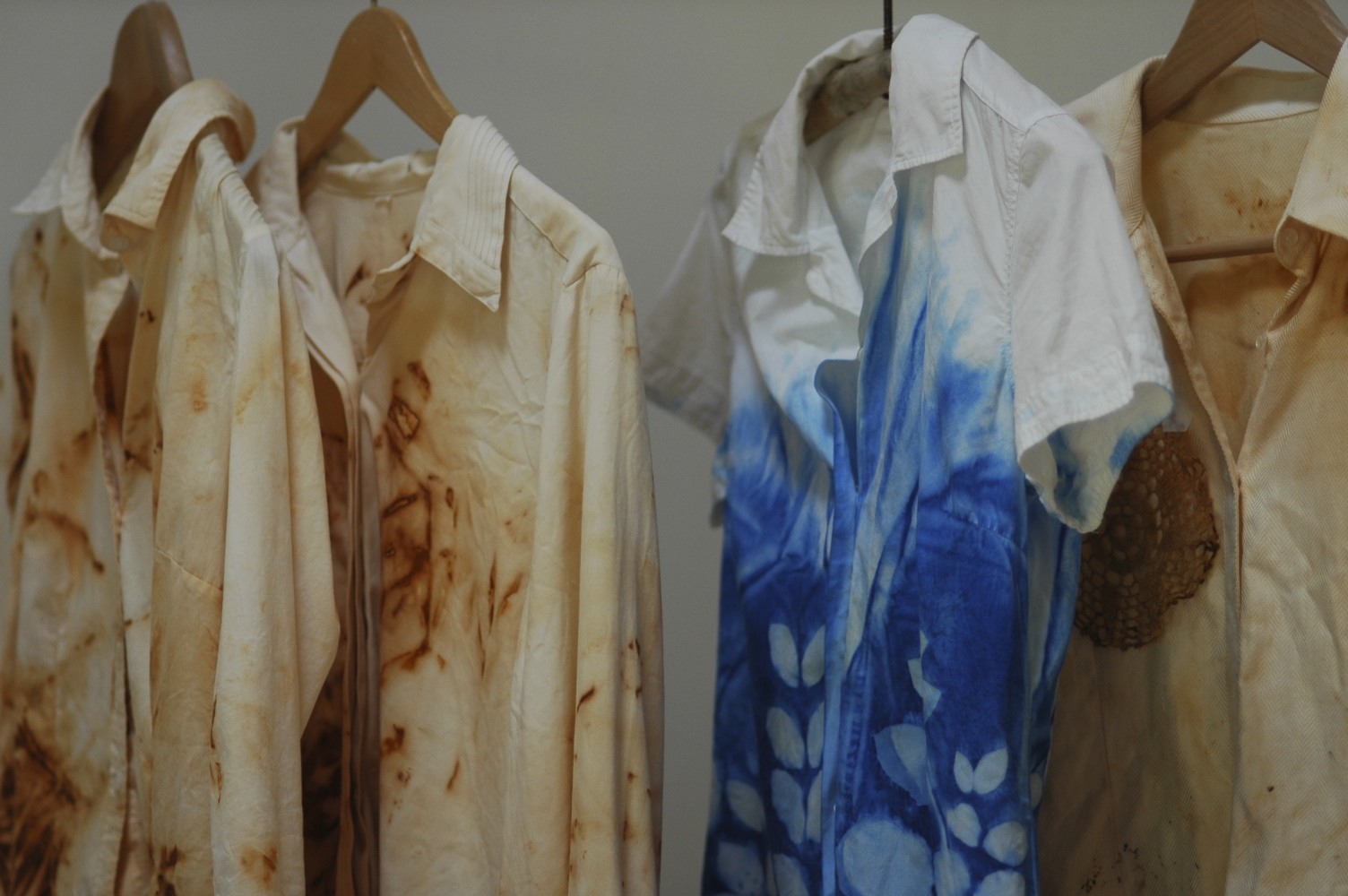
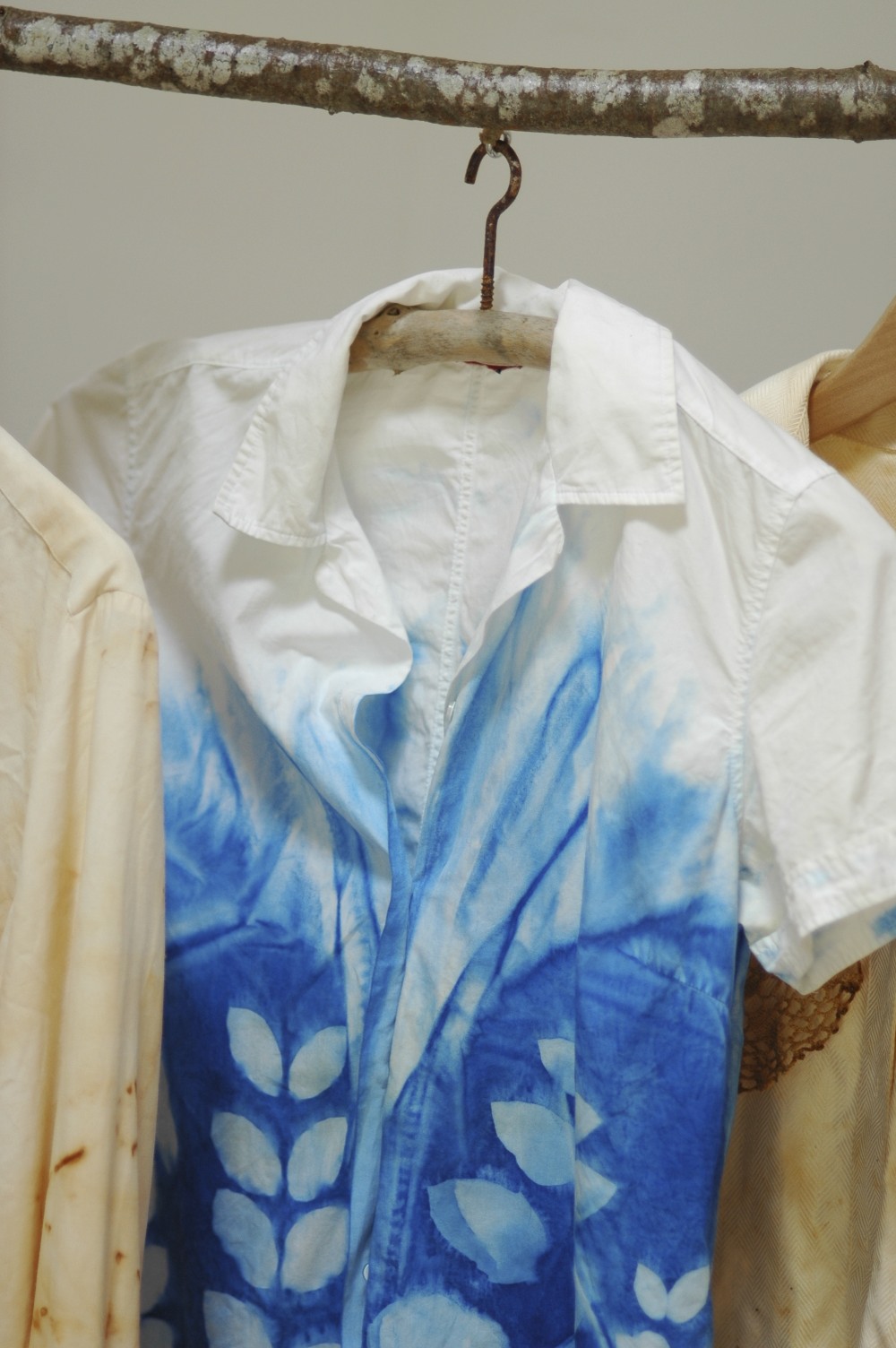
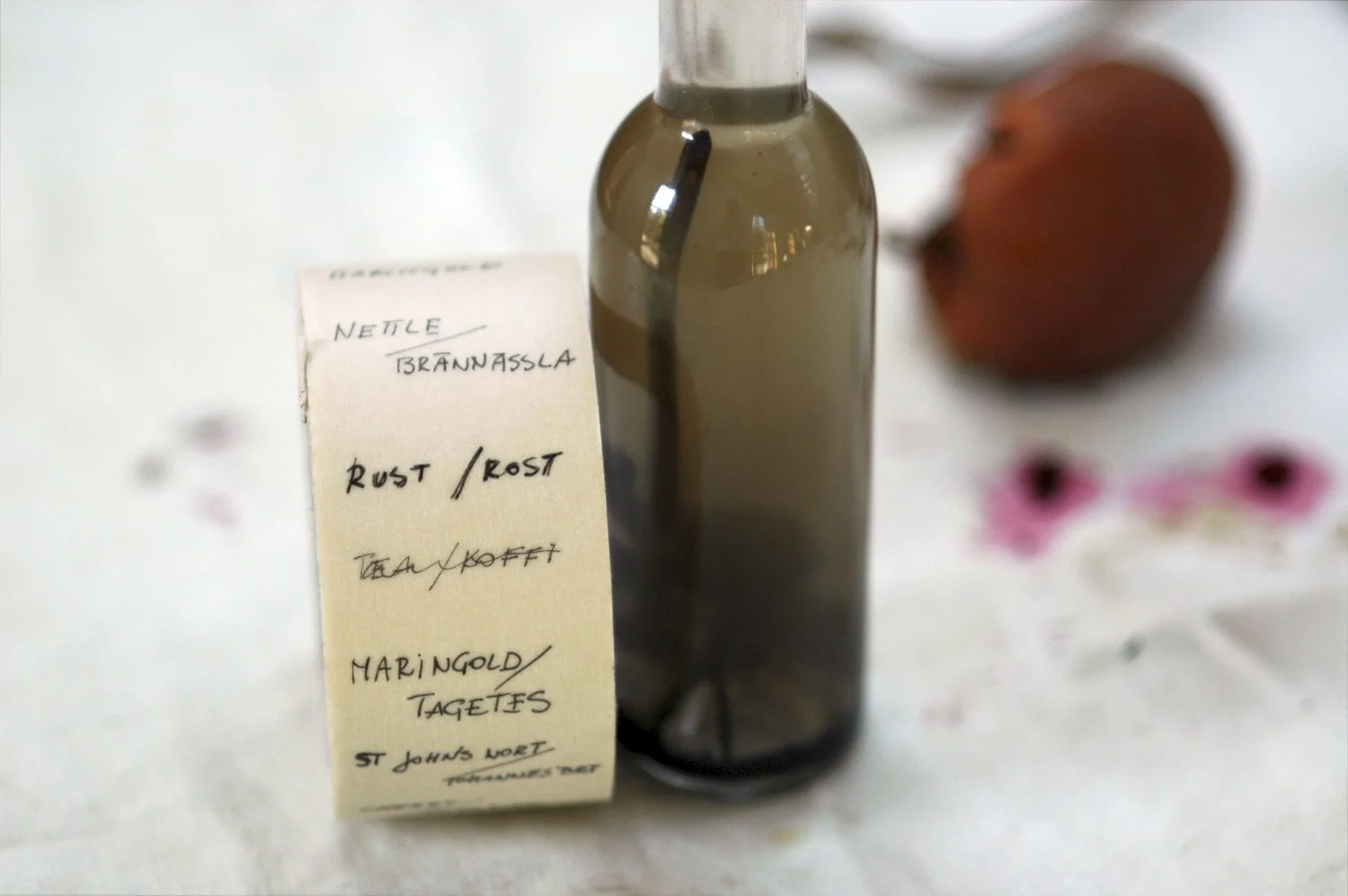


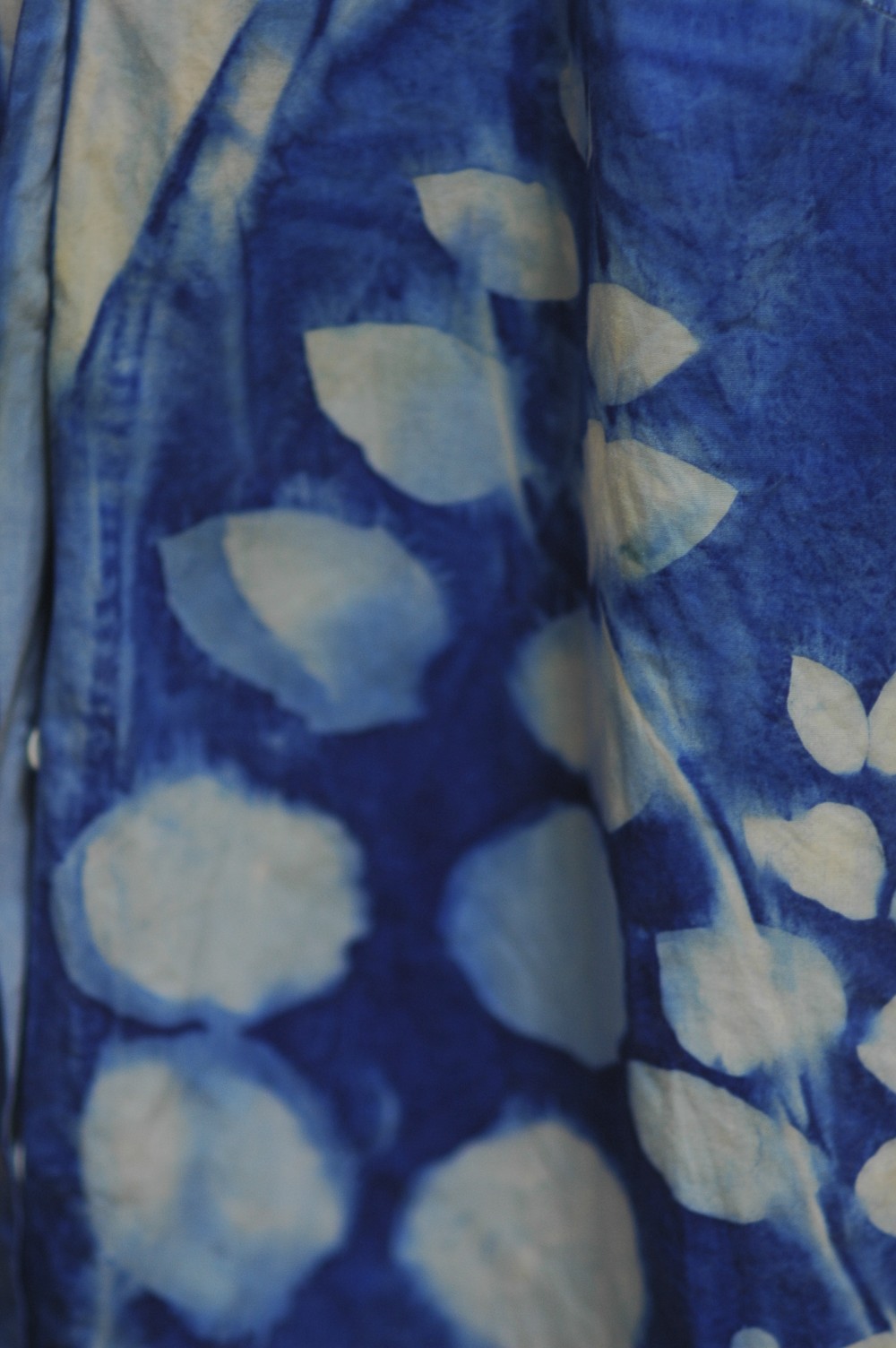
Nature of textiles
I'd like my textiles to merge with the nature, nature is so much better on color, i think fabrics will live in the trees in summer... se where they go.
Super Natural..
..... a new collection i making, natural dyeing and eco printing etc...
this is new collection in making where reused shirts are becoming beautiful object s..









